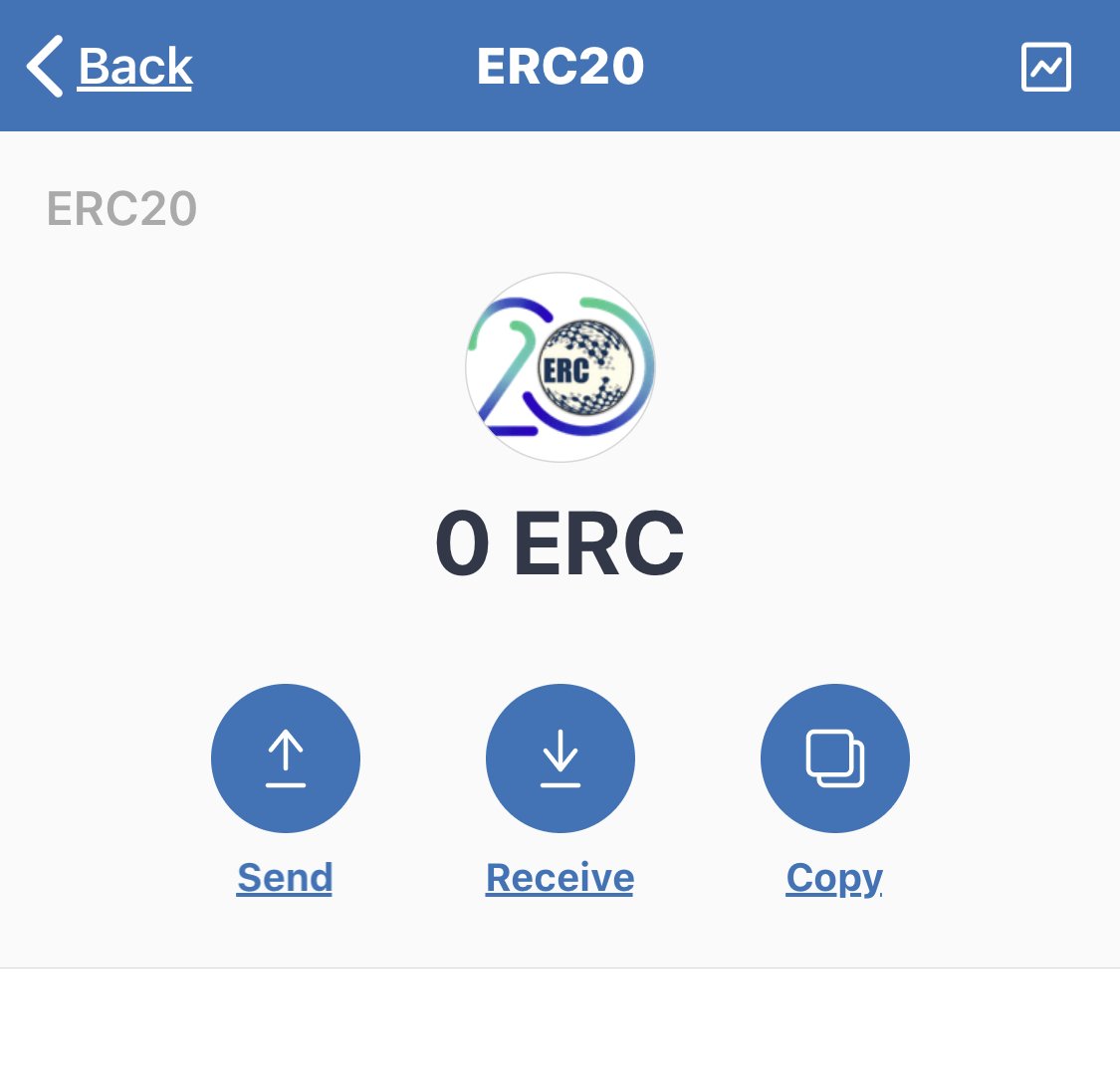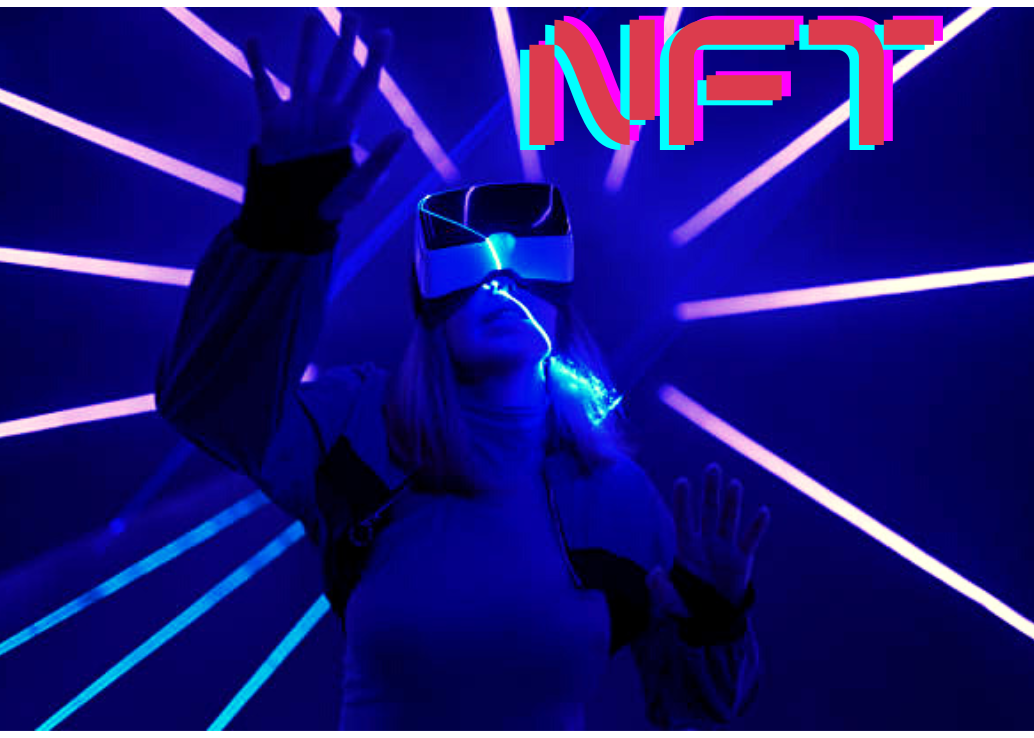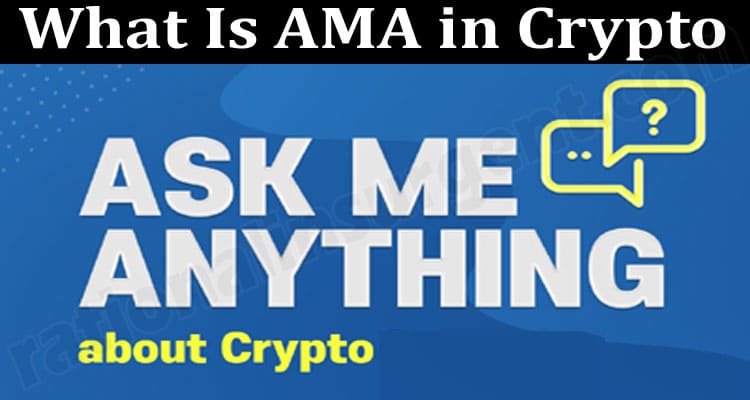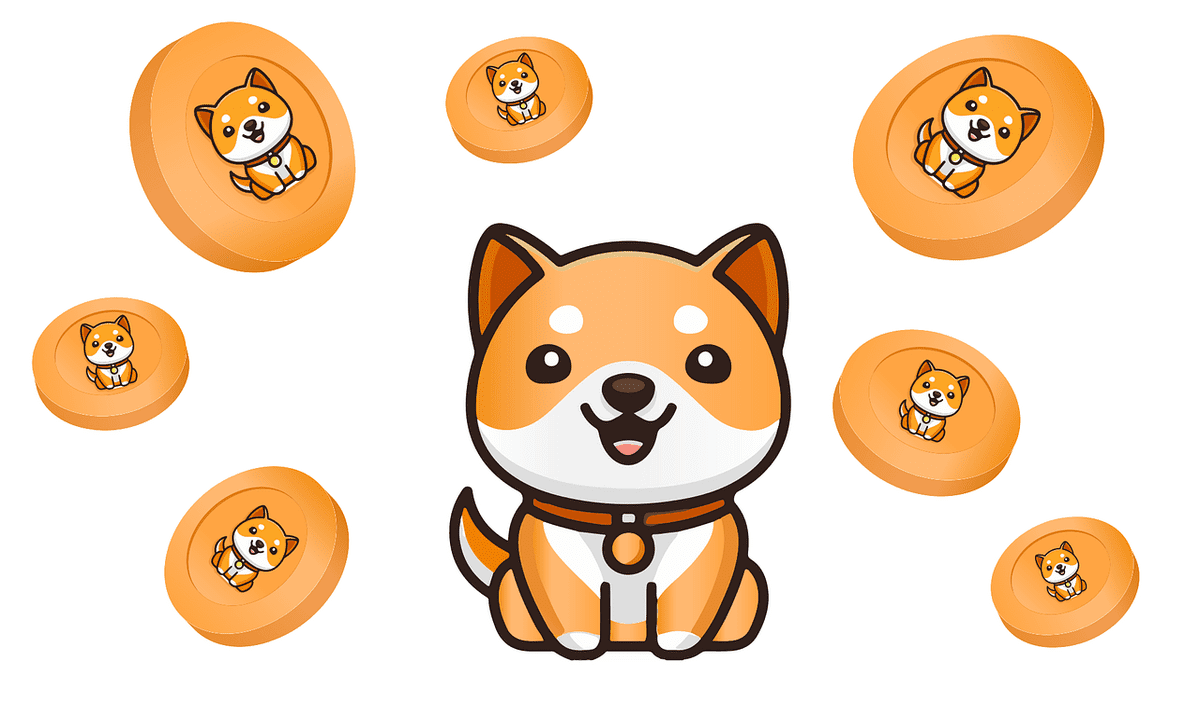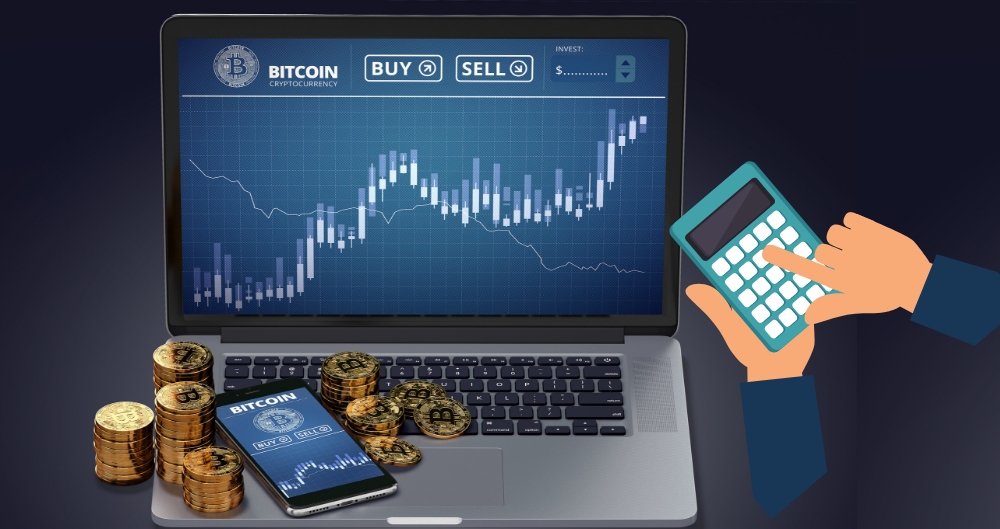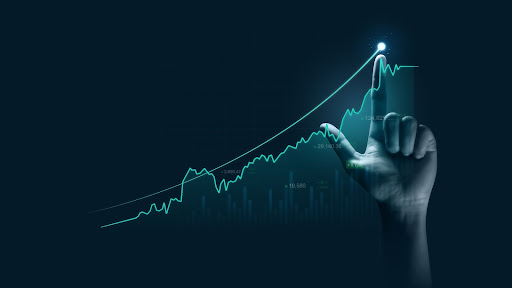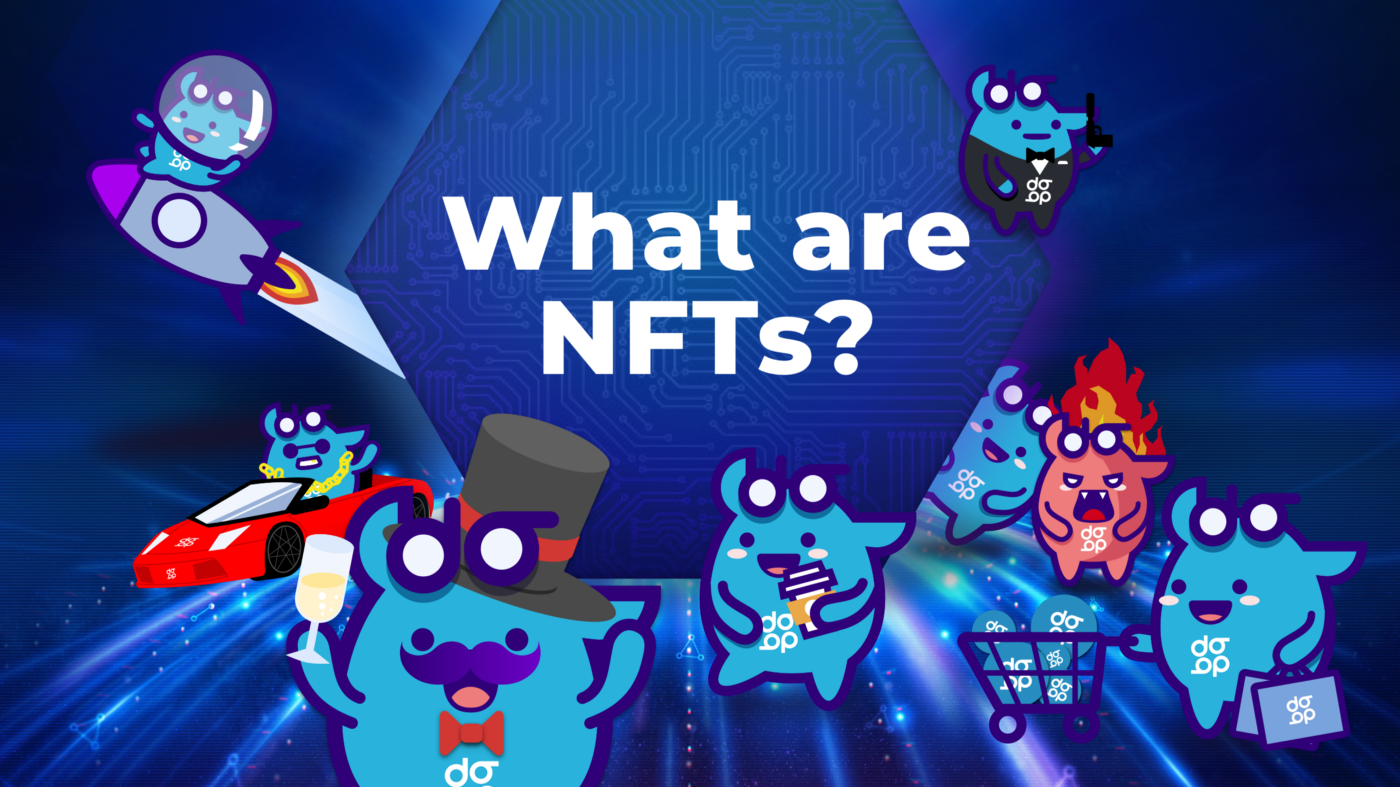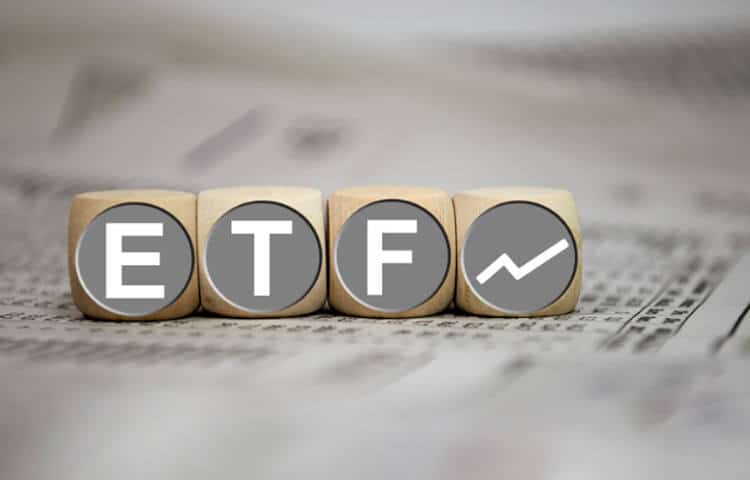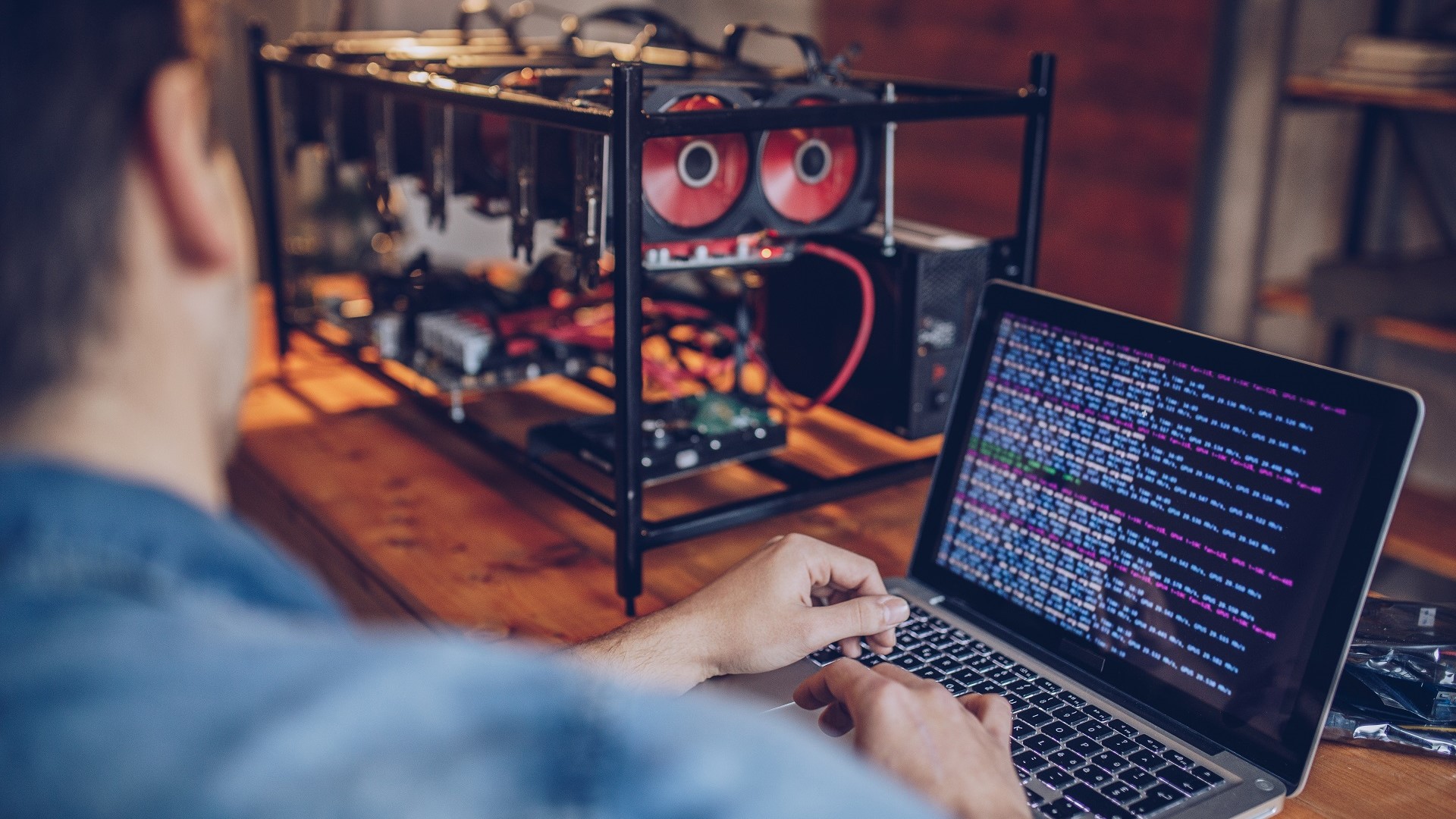Mack Lahren
-
Getting started with cryptocurrency and its associated concepts can be…
-
With specialized marketplaces such as Kraken, you can now purchase…
-
What are NFTs and What Is Their Potential? NFTs emerged…
-
A typical question that especially newbies who are just starting…
-
What is Shibaswap? Shibaswap is a new way to swap…
-
Cryptocurrencies have become increasingly popular in recent years, with more…
-
Crypto is a volatile market. Enter at your own risk. This…
-
Non-Fungible Tokens are a new and exciting form of digital…
-
Most of us are aware of traditional stocks, but how…
-
Crypto mining is the process of acquiring cryptocurrency by solving…

